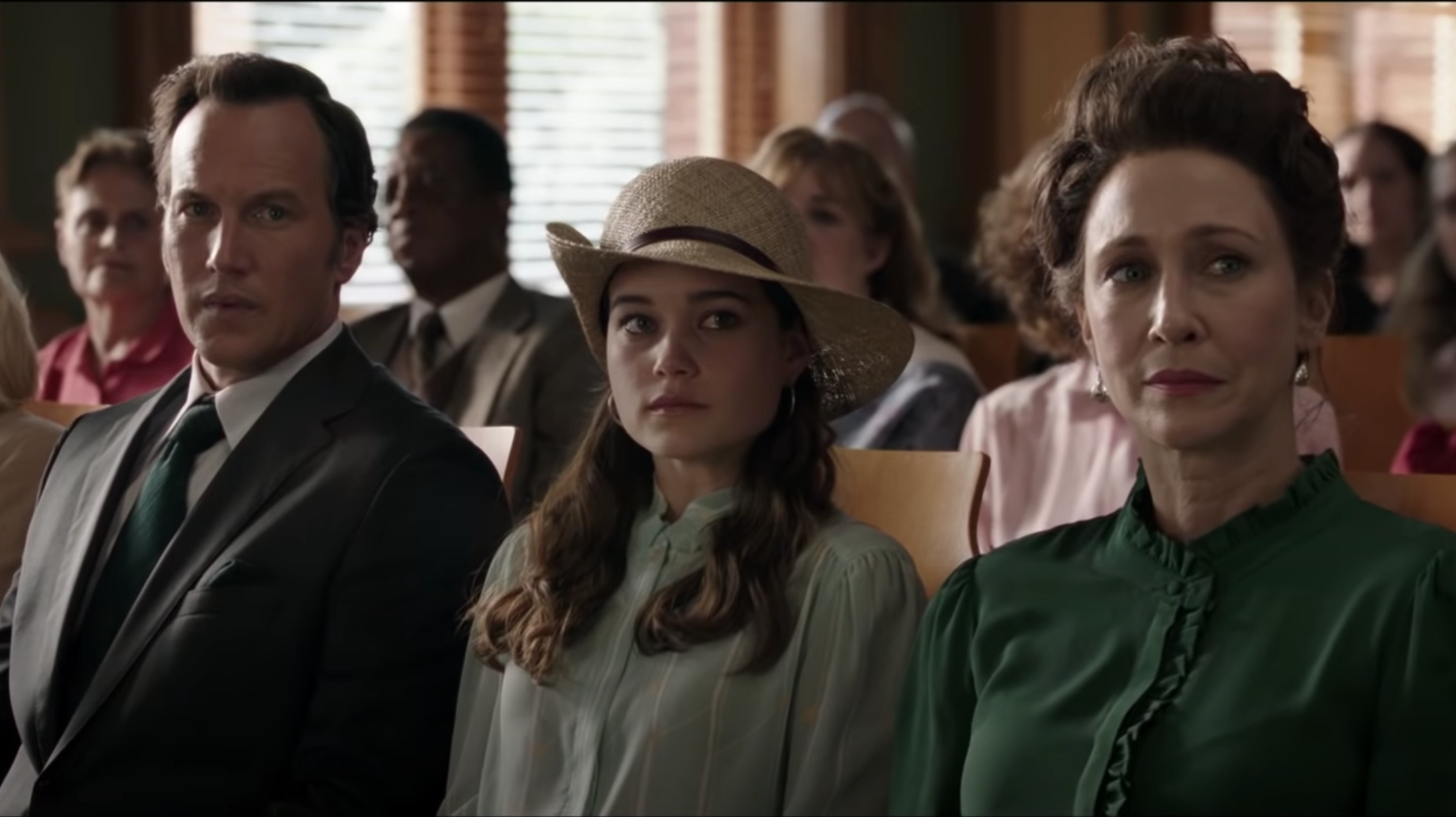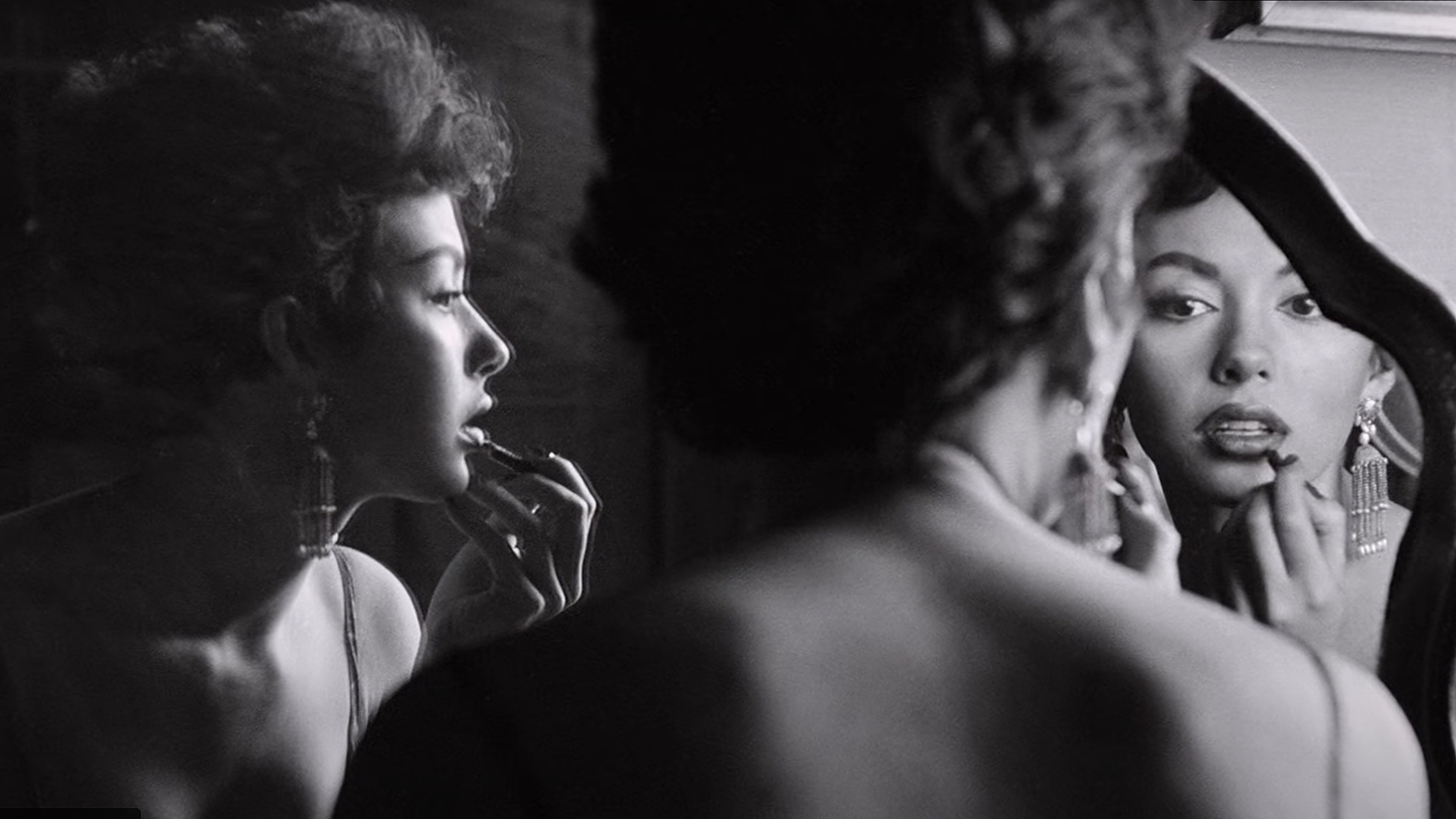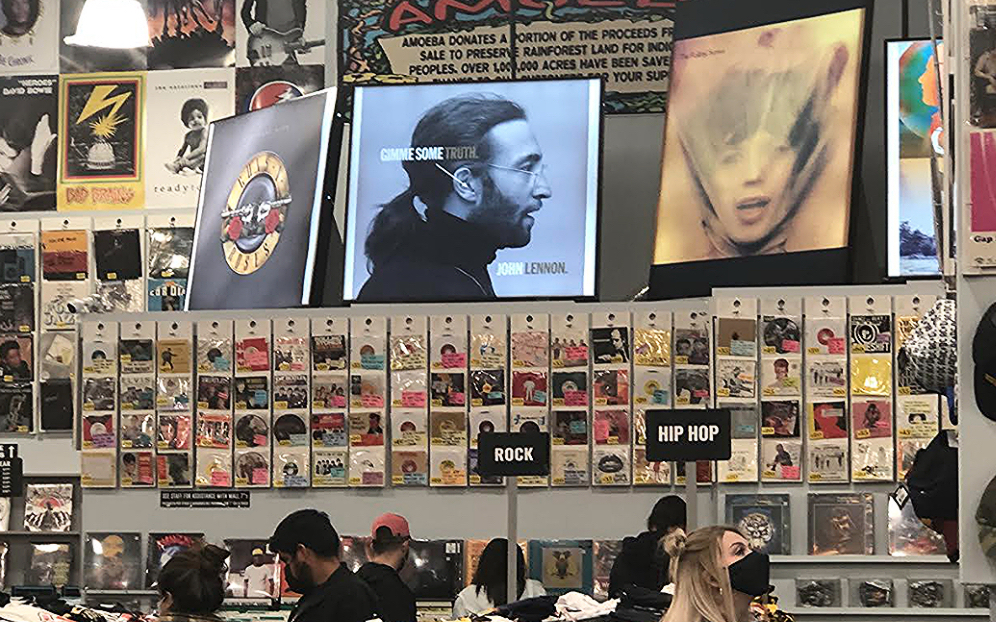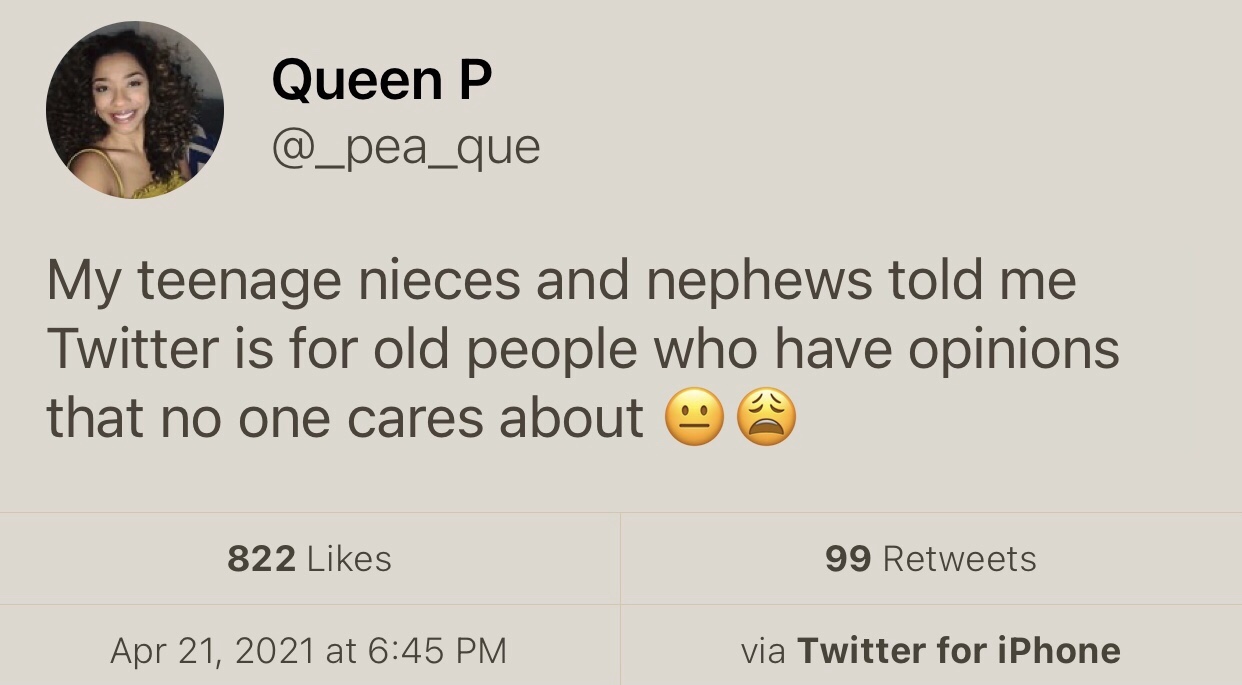I’ve yet to sit down and settle in with Barry Jenkins‘ Underground Railroad, a ten-part limited series that will debut on 5.14. 12 Years A Slave, Antebellum, Harriet…is it fair to call 19th Century escape-from-slavery films a genre? It’s certainly fair to say that Jenkins is primarily respected as a visualist.
Daily
Gradual Adieu to Warner Archive Blurays
Posted yesterday (4.23) by VulcanReporter: Warner Bros. plans to gradually shut down its physical media production department. [An assortment of] Warner Bros-produced films and TV series will still receive Bluray and DVD releases, although they won’t be produced by WB itself.
The Warner Archive Collection brand, which focuses on classic titles, is heretofore on a death watch.
Any way you slice it physical media is getting the heave-ho in favor of HBO Max.


Refusing to Plunge Daggers
For their failure to publicly trash producer Scott Rudin and wash their hands of him a la Michael Chabon, N.Y. Times reporters Michael Paulson and Cara Buckley have outed several name-brand creators and performers who’ve worked with the notorious producer.
They are Denzel Washington, Laurie Metcalf and Jennifer Lawrence; directors Wes Anderson, the Coen brothers, Noah Baumbach, Greta Gerwig and Alex Garland; writers Aaron Sorkin and Lucas Hnath; and producer Amy Pascal.
The implication (and please correct me if I’m reading this wrong) is that the Times disapproves of their silence. (The boldfaced subhead reads “In an era of outspokenness, many artists remain silent.”) Another interpretation is that these artists believe that despite their presumed disapproval of Rudin’s behavior with subordinates, they feel it’s bad form to stick the knife in or otherwise dismiss a creatively respected collaborator.
They’re all probably on the same page as billionaire Broadway financiers Barry Diller and David Geffen, both of whom spoke to the Times.
Diller: “I don’t condone, nor am I an apologist for, actions relating to his work in his personal office, [although] separate and special consideration” should be given “to his work outside of that office.”
Geffen: Rudin has “a psychological problem that he needs to deal with if he’s going to work in the future. If his behavior doesn’t change [then working with him in the future] would be an easy no, [although] I don’t think a death sentence is called for if he gets the help he needs and his behavior changes.”
Will Biden Run Again in ’24?
Maher: “A funny thing happened on the way to the old-age home. Biden slayed the Orange Dragon, and is now spearheading the most transformative administration since FDR. With an approval rating of 59%. Biden upped his game. He got better at age 78. What a mind-blowing concept [to] the younger generation for whom writing someone off because of their age is the last acceptable prejudice. They hate every -ism except ageism. It’s completely forbidden to tell any joke about race, gender, religion, weight…but age? Have at it.”
Guess The Movie
“What a steaming cauldron of New Jersey-ness…a stew of delusion, bad taste, poor behavior, deception, pretentiousness, hunger, greed, longing, love, desire, hoped-for identity, community…what a ’70s thrash-around!” — from a piece I wrote within the last decade.
“Conjuring” Franchise Made Them Do It
Conjuring paycheck whores, back for more.
Time to re-invest in the ongoing saga of Ed and Lorraine Warren, who have both passed away in actuality. The Nun, Annabelle: Creation, Annabelle, The Conjuring, Annabelle Comes Home, The Curse of La Llorona, The Conjuring 2, The Conjuring: The Devil Made Me Do It…people keep paying and paying, the Conjuring players keep investing their money wisely, etc.
Patrick Wilson and Vera Farmiga show up, hit their marks, say their lines and people pay. So they do another one and people pay, etc.
The Conjuring Universe franchise “has grossed a combined $1.9 billion against a combined budget of $139.5 million, becoming the second highest-grossing horror franchise ever behind Godzilla.” I’m presuming that Wilson and Farmiga have serious points.
The Conjuring: The Devil Made Me Do It pops on 6.4.21.
Victim Card
Posted on 2.1.21: The tone of Mariem Pérez Riera‘s Rita Moreno: Just a Girl Who Decided to Go for It is very “go, Rita… we love and cherish you”, etc. Which is great — it’s what every positive-minded doc about a long-haul, never-say-die actress should be like.
But it also plays the victim card over and over. It ignores the way things were when Moreno was coming up in the ’50s, and it tips in the direction of instructional 21st Century progressive feminism. It’s totally infused with “presentism” — judging the past by present-day standards.
It’s not about how Moreno’s life unfolded on a moment-to-moment basis when she was coming up and making her name and building her career, but about how badly she was treated and what assholes the various men were. Which they WERE, of course, but the ’50s were not a time of enlightenment as far as recognizing the full value of women in any realm was concerned. Moreno had a tough time because of that.
Yes, the film industry was sexist, exploitive, insensitive…unable or unwilling to see Moreno as a unique Latina with her own identity and contours. Yes, it was a bad place in many respects, but then again she was close to the top of the industry in the ‘50s.
How many dozens or hundreds of other Latina actress dancers were hungry to be cast in the roles that she landed? How many others were as talented? Or making as much money? (There was a reason that she got the Anita role in West Side Story rather than Chita Rivera, who played the spitfire character on Broadway.) How many Puerto Rican-born actresses were hanging out with Marlon Brando in the ’50s and early ’60s and running in that heavy company? Or attending the 1963 Civil Rights March? And having a side affair with Elvis Presley and rubbing shoulders with almost everyone who mattered back them?
Yes, she really got going as a stage and character actress in the ‘60s, ‘70s and beyond. Yes, she was on The Electric Company and Sesame Street and Oz. Yes, she’s costarring in the Norman Lear reboot of One Day At A Time, etc.
It’s a bit curious, by the way, that Riera has decided to ignore Moreno’s big scene with Jack Nicholson at the end of Mike Nichols‘ Carnal Knowledge (’71). It’s one of her hallmark moments, and yet Riera dismisses it because…you tell me. She also ignores Moreno’s Presley affair, which was basically about making Brando jealous.
Amoeba 2
Last night I finally got around to visiting the new Amoeba store at the corner of Hollywood Blvd. and Argyle (6200 Hollywood Blvd.). My last visit to the previous store (6400 Sunset) was sometime in February 2020, and I guess I wanted to say “hello again” to those old retail vibes. I thought it might get my blood going on some level.
I went straight to the Bluray section, of course, and discovered that their total inventory is but a small fraction of what they used to offer. Worse, DVDs and Blurays are mixed together in the shelves. I was close to tears.
I suddenly felt sorry for the place, and decided on the spur to buy something in order to help out. Then it hit me — the Help! Bluray! I’d seen this 55 year-old film exactly once, and for good reasons. But it’s been decades, I told myself, and it’s never been streamed, and I’d read that the disc reps a nice restoration effort so what the hell. But what a disappointment.
I’d forgotten how boring it is. Not for a single moment is the absurd premise — the inability of Ringo Starr to remove a huge valuable ring from his left-hand ring finger, and the inability of some “funny” Kali-worshipping fanatics to forcibly remove it — the least bit involving, much less amusing. Joke after joke and physical gag after physical gag just lie there. I watched it open-mouthed — “Jeez, this isn’t just weak…it’s partly awful.”
John Lennon‘s snide improvs (particularly some brief banter between he and a high government official played by Patrick Cargill) and the song sequences are the only things that work. Okay, I also like the bit in which a gnome-ish, Chico Marx-like gardener is shown to be living with the lads inside their spacious four-door condo, and who even steps in as a flute player during a performance of “You’ve Got To Hide Your Love Away.”
The Beeyattles were reportedly high during filming, but it doesn’t feel like a stoner movie. Imagine if the marijuana-for-breakfast thing had been deployed in some capacity — that at least would’ve delivered something or other. What a waste. They should have gone with the Joe Orton script.
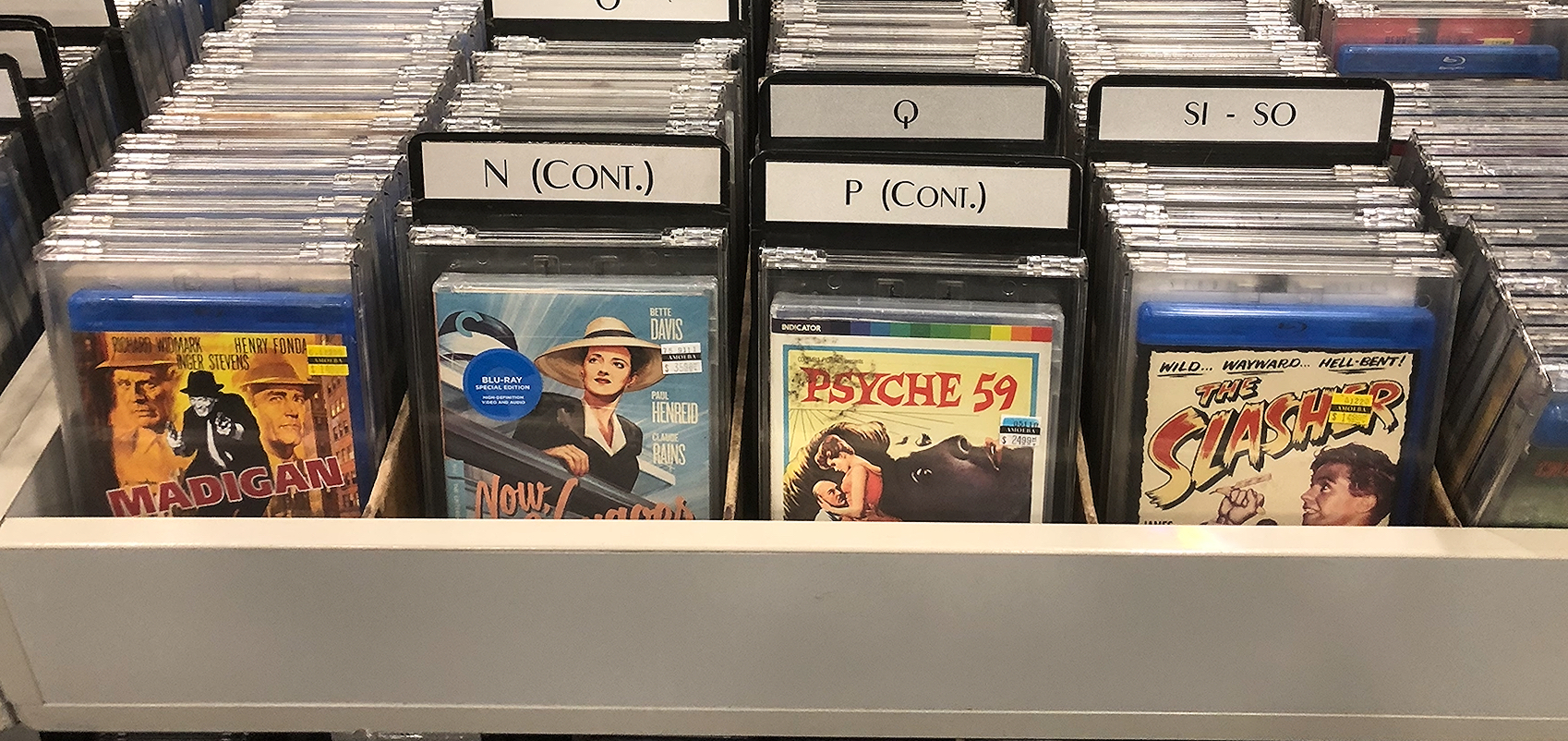
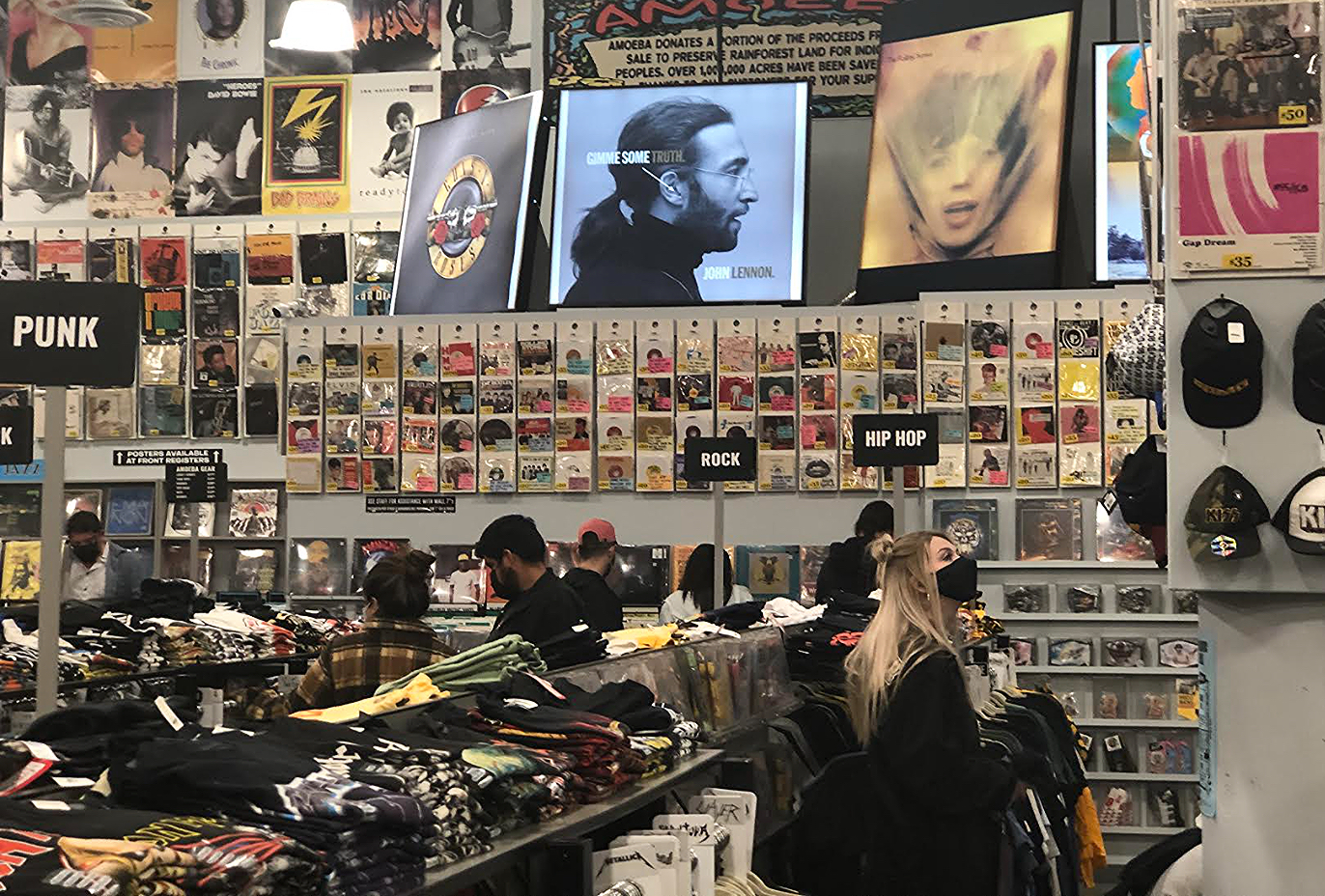
“Tiny Dinosaur Arms”
Consider these excerpts from Vulture‘s “Scott Rudin As Told By His Assistants” story — a must-read. In and of themselves and for my money they convey a fuller, franker and more revelatory portrait of Rudin‘s explosive personality and management style (as well as the transactionally expedient showbiz value system) than anything Tatiana Siegel has reported thus far in The Hollywood Reporter.
Siegel’s Rudin article is basically an indictment piece — the Vulture thing is an exploration with all kinds of traumatic side tangents.
Apart from the rage, physical assaults, flying potatoes and whatnot, lessons in two major films, Full Metal Jacket and The Bad and the Beautiful, apply to some extent.
Remember the feeling of chilly irony that followed Matthew Modine‘s shooting of the female Vietnamese sniper at the finale of Stanley Kubrick‘s 1987 war classic? Throughout the film Modine’s “Joker” had been depicted as a resident of his own sardonic, smart-ass planet, but after plugging the sniper Joker stops assessing from a distance and becomes, in the words of Rafterman, “fucking hardcore, man.” A portion of his humanity has left him or least been put aside and sealed away, but he’s also crossed over into the warrior realm — “I am in world of shit, yes, but I am alive and I am not afraid.”
This is what the #15 quote is basically about, rough and tumble-wise. Working for Scott Rudin is like carrying an M16 through the hills and rice paddies of Vietnam, in a sense, and so “the only way to succeed [is] to dedicate yourself to it fully, and that often meant losing your ability to see the situation for what it is…you start to lose your own humanity.”
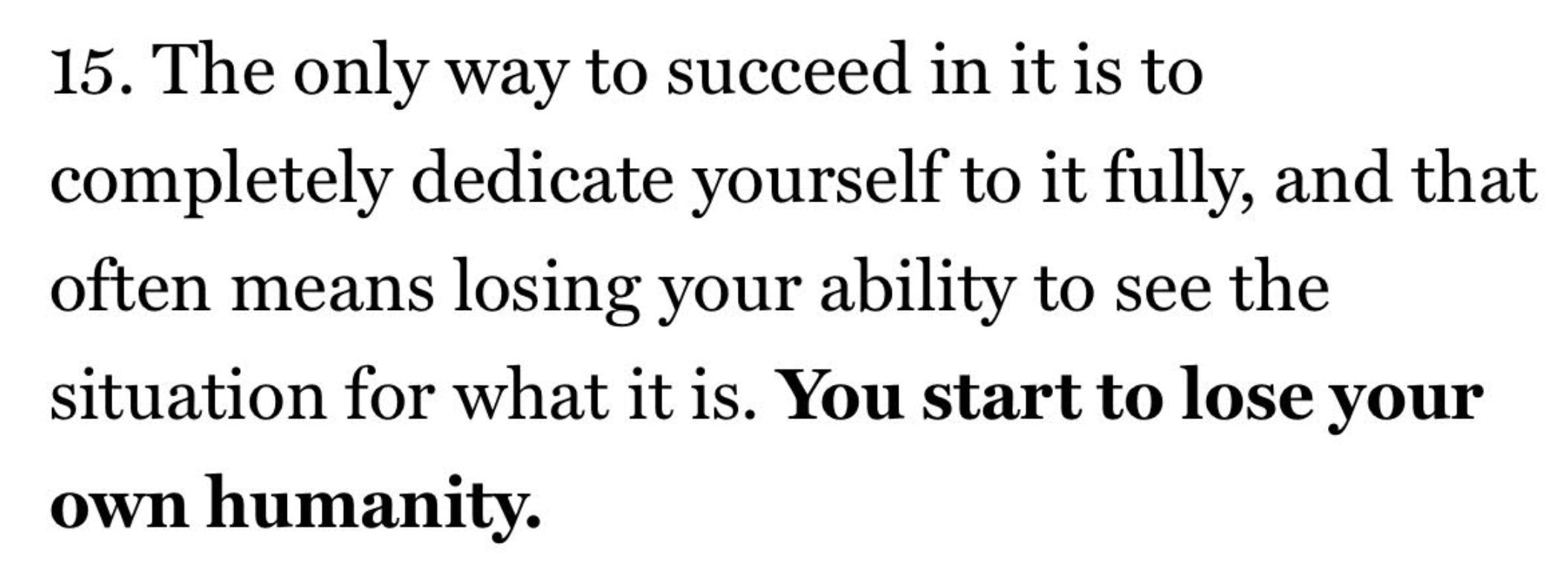
Vincente Minnelli‘s The Bad and the Beautiful is about a ruthless, abusive producer (Kirk Douglas) who’s fucked over a trio of famous ex-colleagues (Lana Turner, Barry Sullivan, Dick Powell) in his climb to the top. The basic idea is that even though Douglas is a bad, brutal person in many respects, he still has a certain combustible spark and a relentless hunger to succeed that sometimes leads to making great films, and so, at the very end, his ex-colleagues still want to hear his latest idea.
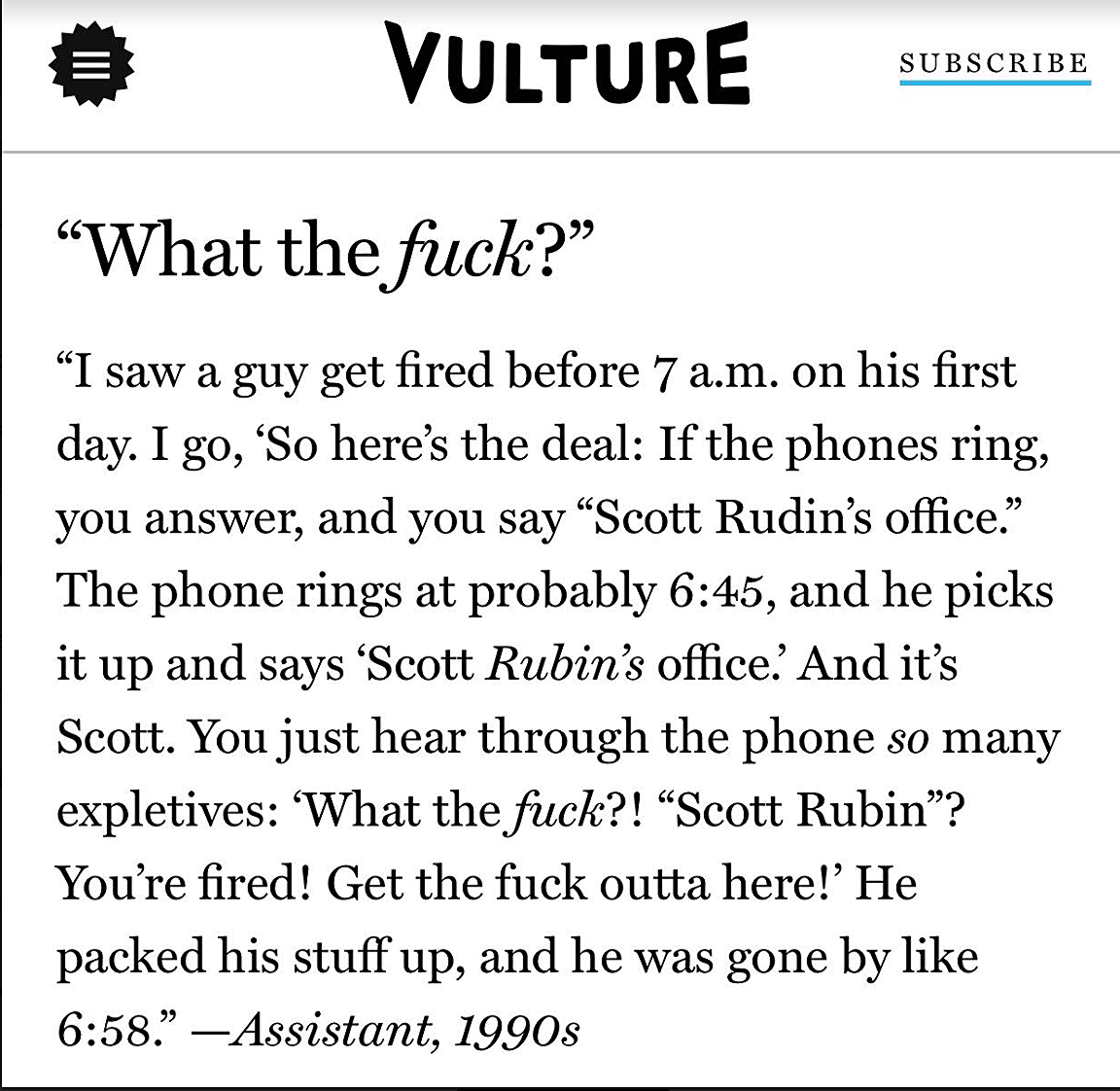

Kidman-as-Ball Still Doesn’t Work
I was personally shattered when I read a few months ago that Cate Blanchett wouldn’t be playing Lucille Ball in Aaron Sorkin‘s Being the Ricardos, but that Nicole Kidman would. I’m still very sorry about this.
Blanchett is more imbued with that combination of skill, genius, magnetism and whatever-else-you-want-to-call-it than Kidman is…sorry but it’s true. That same spark of nervy madness was in Ball herself, which is why Blanchett would’ve been a perfect fit. Plus the 53-year-old Kidman is too old to play Ball when she and Arnaz first met (during the shoot of 1940’s Too Many Girls, when Ball was 29 and Arnaz was 23).
Javier Bardem as Desi Arnaz will be great…love it.
“It’s the story of Lucille Ball, my actual mother…not Lucy Ricardo. There will be humor in the film, but it’s the story of the two of them and how they met, and what went right and what went wrong [with] their relationship, their love affair. So stop arguing about who should play it, her nose isn’t the same, she doesn’t look like her, she isn’t as funny….just trust us, it’s gonna be a nice film.” — Lucie Arnaz in a Facebook video, posted on or about 1.18.21.
Duddiest Spirits in 35 Years
Earnest congrats to the winners of the 2021 Independent Spirit Awards, and particularly to the Best Actor and Best Actress winners — Sound of Metal‘s Riz Ahmed and Promising Young Woman‘s Carey Mulligan. And an especially supportive back-pat for emcee Melissa Villasenor — smart material performed for a smattering of miked stage hands, amusing skits (Owen Wilson runs into a testy Frances McDormand)…unqualified HE approval.
And “sorry but tough shit” condolences for the multi-category-nominated Never Rarely Sometimes Always (seven noms including Best feature and Best Director), Ma Rainey’s Black Bottom, Miss Juneteenth, First Cow and The Assistant. Each of these films had gathered a certain amount of earlybird award-season heat, and then it all just melted away.
Why did Never Rarely vaporize so completely? I’ll tell you why. Because it’s an Indiewire movie — an understated, praised-to-the-heavens, Eric Kohn and David Ehrlich-approved Sundance flick, except even indie-world veterans don’t necessarily park their cars in the Ehrlich-Kohn garage.
Same deal with First Cow…totally stamped and sanctified by Kohn-Ehrlich, and where is it now? I’m telling you that Kohn-Ehrlich is an entirely separate planet…an entirely different solar system.
2020 “friendo” comment about Never Rarely: “Sidney Flanigan‘s profound ambivalence about what she’s about to go through, her deep desire not to do it, because there is in fact a live human in there…this element is literally the only drama in the film. That’s what’s so hilarious about the woke film-critic-industrial-annoyance-complex not getting it. What do they think the movie is about? If their left-wing boilerplate interpretation were accurate, it might as well be a movie about two teenagers hopping a bus to go to New York City to pay $500 in unpaid parking tickets.”
Best Feature: Nomadland (Searchlight Pictures) / HE reaction: No shit?
Best Director: Chloé Zhao, Nomadland (Searchlight Pictures) / HE reaction: Ditto.
Best Screenplay: Emerald Fennell, Promising Young Woman (Focus Features) / HE reaction: Respectfully disapproved because of the last-minute, pull-the-rug-out Bo Burnham character abandonment by way of a twist.
Best First Feature: Sound of Metal (Darius Marder, Amazon Studios) / HE reaction: Total approval.
Best First Screenplay: Andy Siara, Palm Springs (Neon/Hulu) / HE reaction: Are they fucking kidding us? Am unsubtle, unfunny, second-rate, hand-me-down Groundhog Day?
John Cassavetes Award (for best feature made under $500,000): Residue / Writer/Director: Merawi Gerima.
Best Supporting Female: Yuh-Jung Youn, Minari (A24) / HE reaction: Plucky grandma burns the barn down…terrific.

